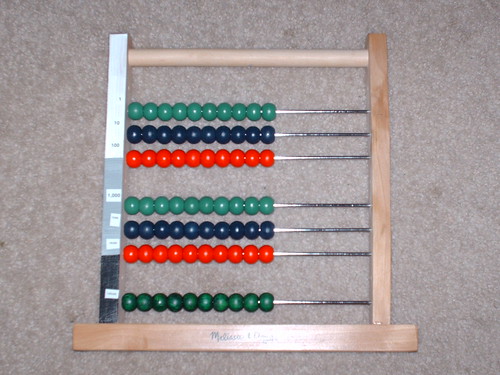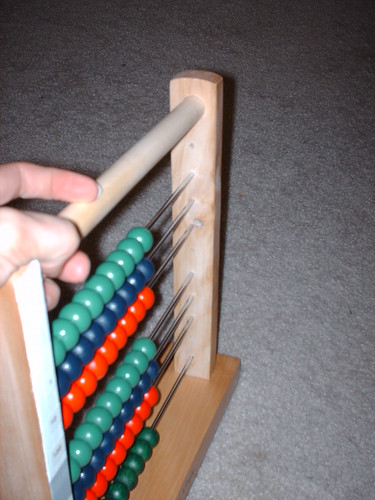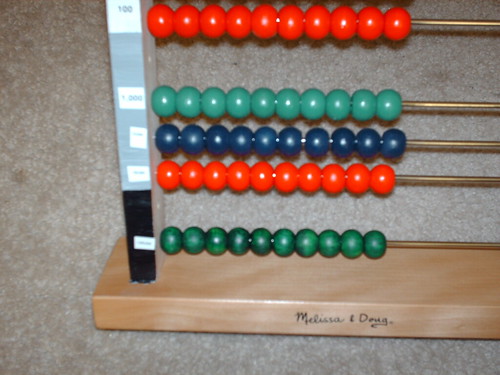
I've just recently come across a new website for getting really good montessori cards/materials to print and use. It's called Montessori For Learning Instead of charging a small fee for each item you'd like to download, there is a small $4.49 fee for a month's worth of access to the site to download and print as much or as little as you'd like. Join for just one month or join for several months, it's up to you! New materials are added weekly. There's even a free section to get you started. I was a member this last month and was thrilled to download many great math and reading resources to use for my kids. We aren't using a montessori album anymore, but we still use our many montessori materials to supplement our school work! With my son, I always wished there was more math worth...especially for the golden beads. I knew I could always create some, but I just wasn't find the time. There are a lot of activities for math and reading up right now. My daughter is excited to get to work with this golden beads this year.
Also, on the website you'll find administrative forms, fun materials like dominoes that go with the blue reading series and many other things!
I receive many emails from people all over the world, I still can't believe how many people follow my little blog! It's amazing and I'm glad you are all able to use my materials I've created for my children. The most common questions I'm asked are about what manuals are the best. I can't answer that because I haven't owned all the different manuals. I can say that I've owned almost all of the Montessori Research and Development manuals and I found them to be a great deal. They are inexpensive, well thought out, clear and precise and come with everything you need to create black and white cards for the activities. I personally, just wanted more exciting cards, which is why I started this blog! If you work in a montessori school, I highly recommend them.
However, if you are a homeschooler or just a stay-at-home mom, I would highly recommend that you go to the Montessori For Learning website...since I am not actively making cards right now, this would be a great option. You will get albums and the cards that you can download separately or just download a set of cards and it has the instructions from the album right there. This will help any Montessori parent understand what each material is for and how best to utilize it with their children. I will be using the cards I got from the site!
Stay tuned:
Soon I will be uploading pictures of a felt continent map I made for my kids. I just realized I never posted pictures. We had a homeschool group come over one day a week for several months last year and we used this huge map I made, along with the world puzzle map and many other resources. I'll tell you all about it (with instructions) very soon!



 I thought this would be something I would just buy, orginally. I mean it's just $10. Then I found out that to do the activities with them you need 2 sets of large number cards and 3 sets of small number cards and then decimal cards! That's $50 +shipping without the decimal cards. Didn't take me long to change my mind, LOL. Here are my large number cards and instructions on how to make them!
I thought this would be something I would just buy, orginally. I mean it's just $10. Then I found out that to do the activities with them you need 2 sets of large number cards and 3 sets of small number cards and then decimal cards! That's $50 +shipping without the decimal cards. Didn't take me long to change my mind, LOL. Here are my large number cards and instructions on how to make them!







